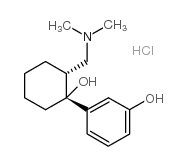| Structure | Name/CAS No. | Articles |
|---|---|---|
 |
Desmetramadol
CAS:80456-81-1 |
| Structure | Name/CAS No. | Articles |
|---|---|---|
 |
Desmetramadol
CAS:80456-81-1 |